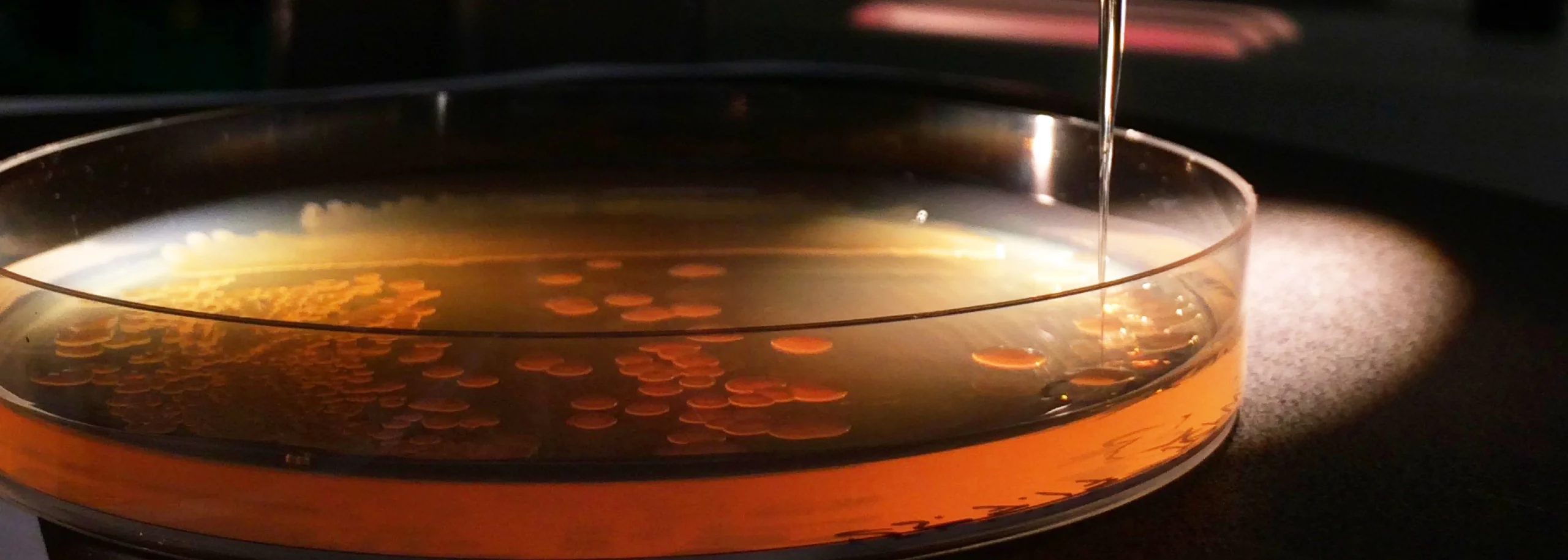
Biofilm - O2 and N2O Microprofiles in Samples from CF Patients
Kolpen et al. (2014) used the Unisense O2 and N2O microsensors to measure microprofiles in sputum samples from cystic fibrosis patients with chronic Pseudomonas aeruginosa infection. P. aeruginosa is the major cause of chronic lung infection of cystic fibrosis patients where the bacteria live as biofilm aggregates in the lungs. The biofilms can persist for years in the airways of the patient despite an active immune response and antibiotic therapy. The measurements in the paper by Kolpen et al. provided new insights about the microenvironment and growth of the P. aeruginosa biofilm which may lead to new treatment strategies.
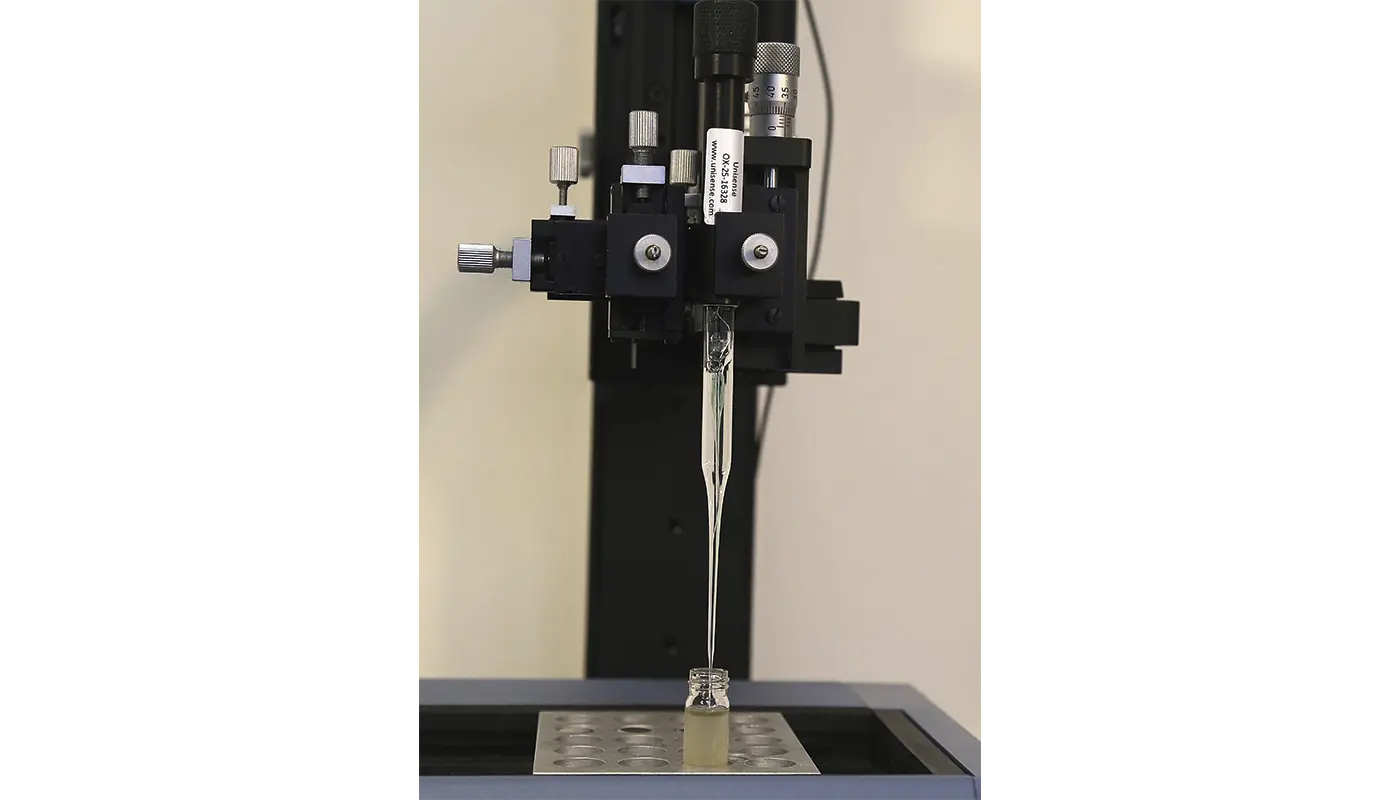
Laboratory setup
The authors used the Unisense O2 and N2O microsensors both having a tip diameter of 25 µm (OX-25 and N2O-25). The microsensors were connected to an Unisense amplifier and mounted on the motorized Unisense MicroProfiling System (Figure 1). The glass vials containing the freshly expectorated sputum samples were kept at 37 °C during the measurement. The sensors were first positioned manually at the upper surface of the sputum sample using the micromanipulator (MM33) to define the surface of the sample as the zero depth. Then the motorized MicroProfiling System was used to do automated microprofiles vertically through the sputum samples.
The SensorTrace Profiling software controlled the movement of the microsensors and the authors used a step size of 100 or 200 µm, a waiting time between measurements of 3 seconds for the O2 profile and 5 seconds for the N2O profile, and a delay time between each cycle of profile measurements of 10 seconds. Data acquisition and analysis were done with the SensorTrace Profiling software that logs the measured analyte concentration together with the depth position of the micromanipulator.
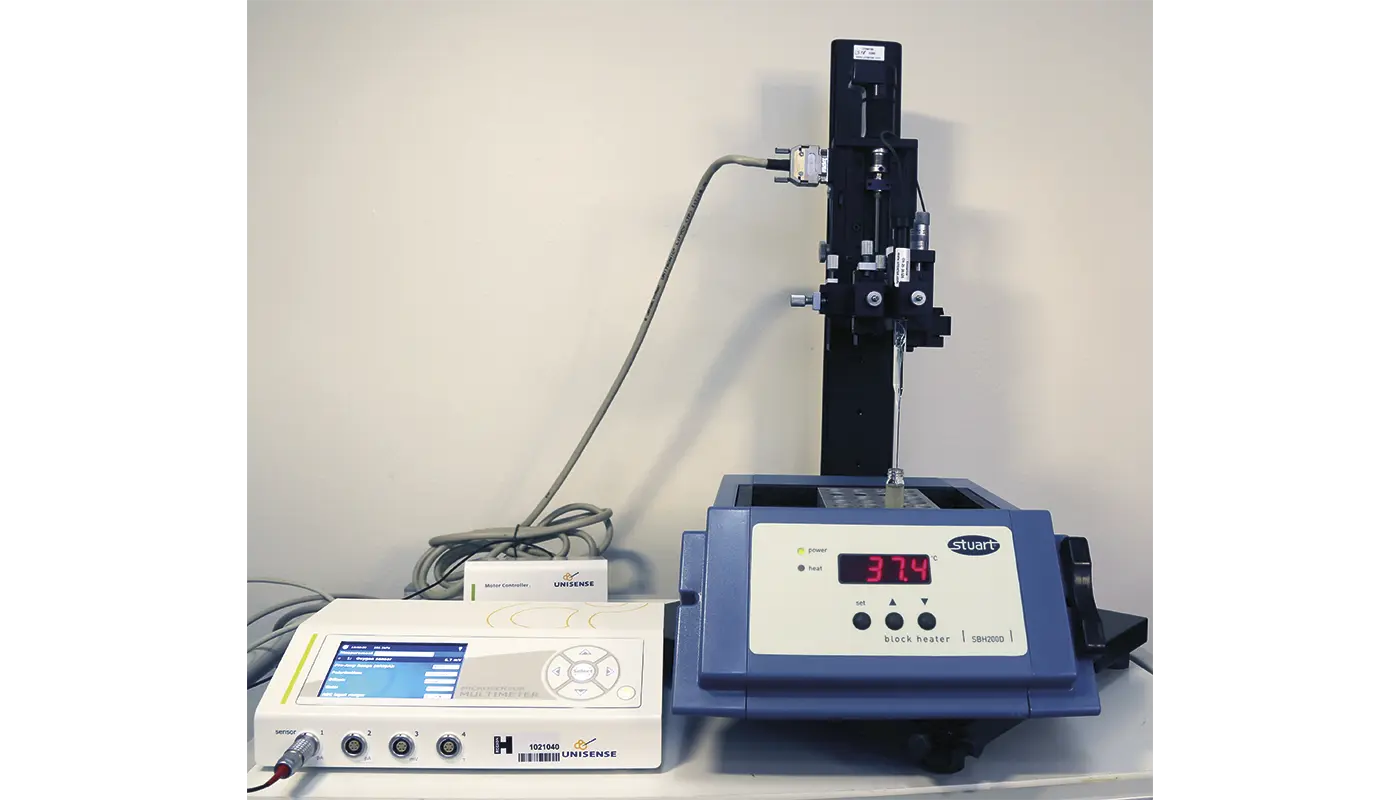
Results and conclusion
Based on the O2 and N2O microsensor profiling measurements, the authors demonstrated that sputum samples from patients with chronic P. aeruginosa infection consist of an upper oxygenated zone and a lower anoxic zone below around 3 mm from the sputum surface (Figure 2). N2O production from the bacteria was mainly confined to the lower anoxic part and a maximum median concentration of 41.8 µM N2O was found. Significantly less N2O was found in control sputum samples from cystic fibrosis patients without infection. N2O is an intermediate in the denitrification pathway and the data indicated that P. aeruginosa may acquire energy for growth from denitrification when O2 is absent.
Using the Unisense microsensors to obtain O2 and N2O concentration gradients with high spatial resolution, the authors could explore the microenvironment in the sputum and they demonstrated N2O production in clinical samples from infected cystic fibrosis patients for the first time.
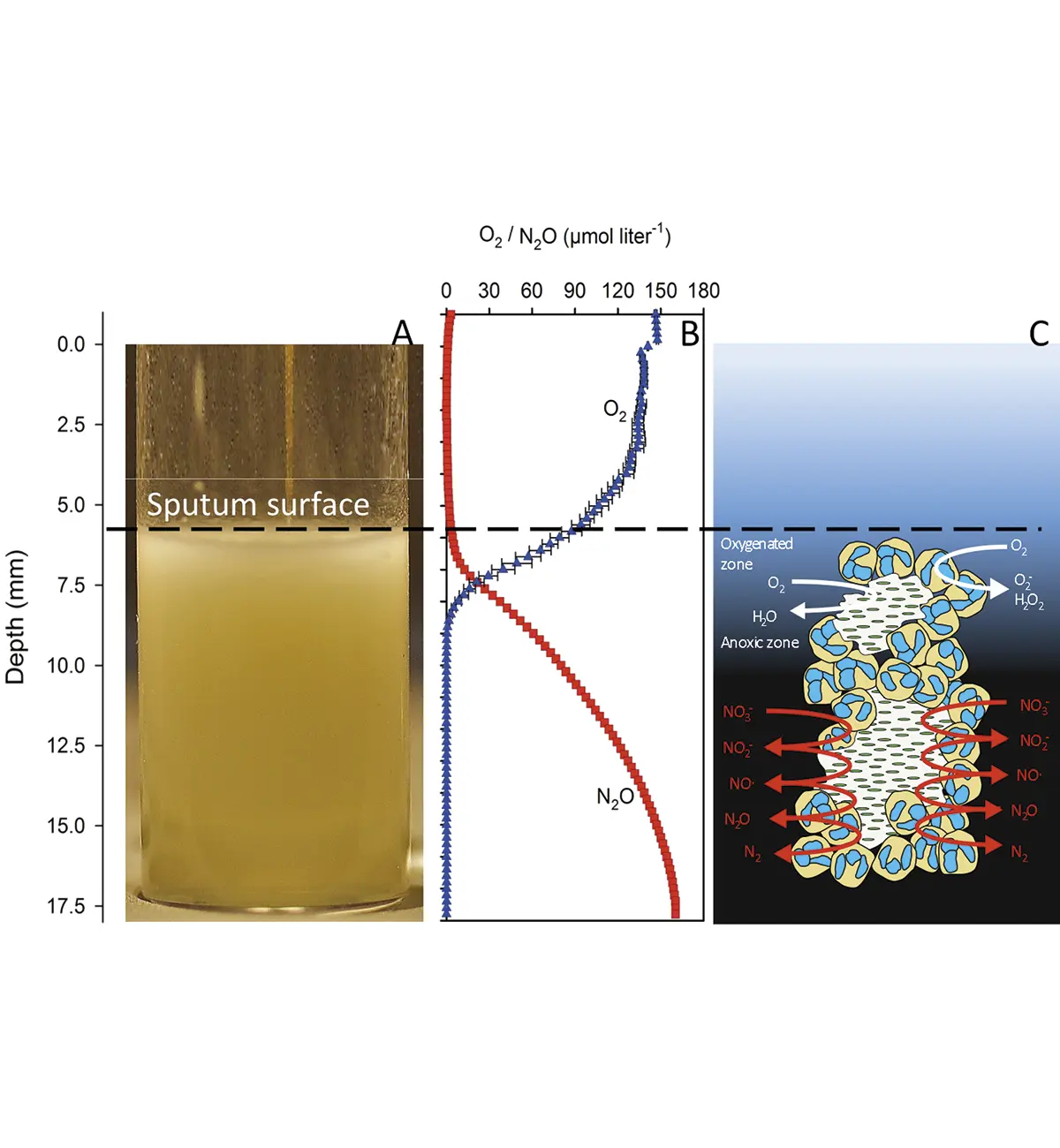
Related Publications
Related products
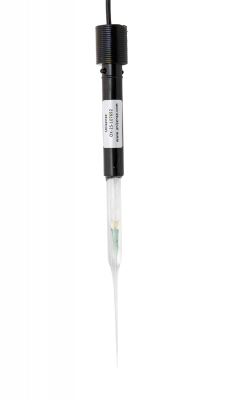
High performance oxygen microsensor

UniAmp Multi Channel for all Unisense sensors and electrodes including optical sensors
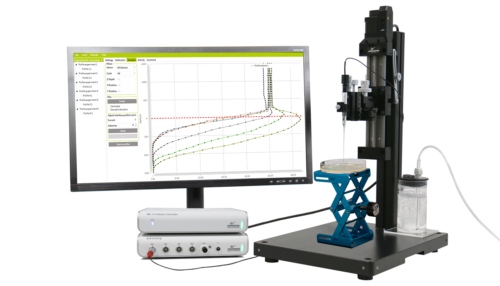
Microprofiles with extreme accuracy, high spatial and temporal resolution
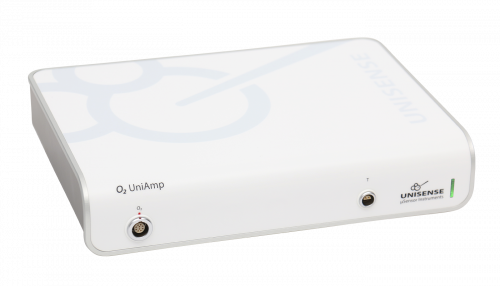
Economic amplifier portfolio for single analytes - O2, pH/mV, H2, N2O or H2S
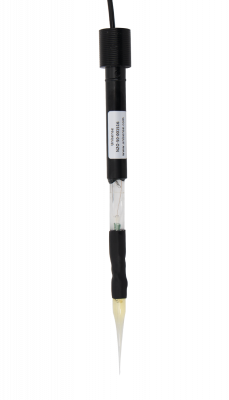
Measure dissolved and gaseous nitrous oxide

Calibrate, control, program, analyze, and visualize your microsensor measurements
